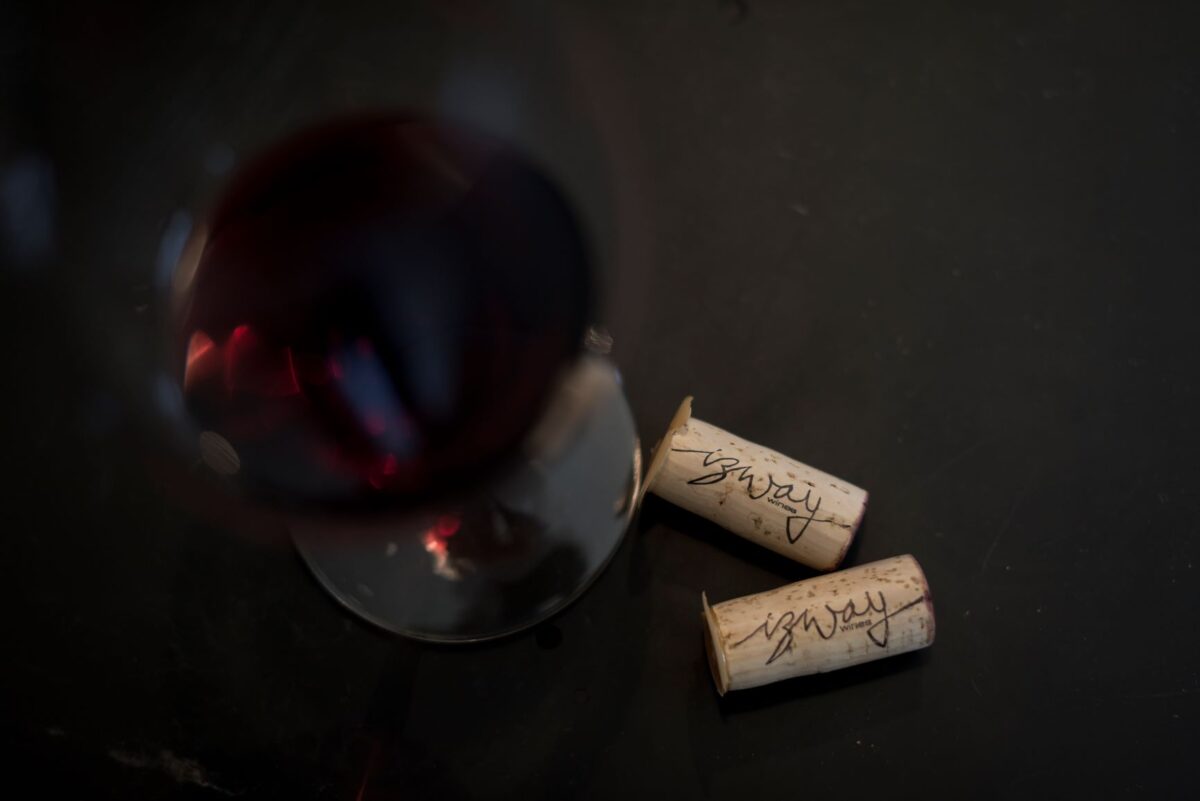This isn’t a debate between which is superior, rather a look at each for their merits. We use both closures for different reasons.
I’ve found that screwcap provides more consistency between bottles over time and is obviously safe from the woes of cork taint. It also has the added convenience of an easy open. It can however tend to create a bit more reduction in the wines. This will blow off with a bit of air though the wines seem to need more time to open up.
We use screw cap for the wines which we recommend being drunk now rather than cellared, like the fresh and vibrant Mates Aglianico and the easy to drink Rob & Les Shiraz. If you are storing screwcap bottles for a while, there is no concern whether they are stored upright or at an angle.
We choose cork for most of our wines as we prefer the breathability it provides. There is also the potential to create a more individual drinking experience, with the nuances of each individual natural cork affecting the ageing process slightly differently. Wines like our Don Shiraz and O& M Shiraz will be stored in collectors wine cellars for many years, and having these wines under cork allows them to more readily express the subtle changes that occur within the bottle due to natural oxidation. To mitigate the risk of cork taint we use hand-selected corks with every single cork being inspected one by one to detect any trace of cork taint. We love that it is a natural product and the sleek sexy finish with the gold wax on top.
With cellaring both temperature and humidity can affect the integrity of the cork. Something that I have only recently discovered is that wines under cork don’t necessarily need to be stored horizontally in good cellaring conditions. The Australian Wine Research Institute found that the orientation of the bottle makes little difference to the wine’s keeping qualities. The humidity in the air in the bottle between the cork and the wine is almost 100 percent so it will stop the cork from drying out at that end. The humidity on the outside is more important. If the wines are stored in a dry environment for several years than the cork can start to dry from the outside in. If you’ve got your temperatures right then you can keep storing your cork sealed wines on their sides.
If you have the right conditions, a beautifully aged bottle under cork is a thing of beauty. Equally the fresh fruit characters and varietal expression in younger wine sealed by a screwcap can be such a delight.
What type of bottle will you open tonight? Cork or Screwcap? Either way we’re sure you’ll enjoy that hard earned glass of wine!
Liam O’Dwyer
Assistant Winemaker

